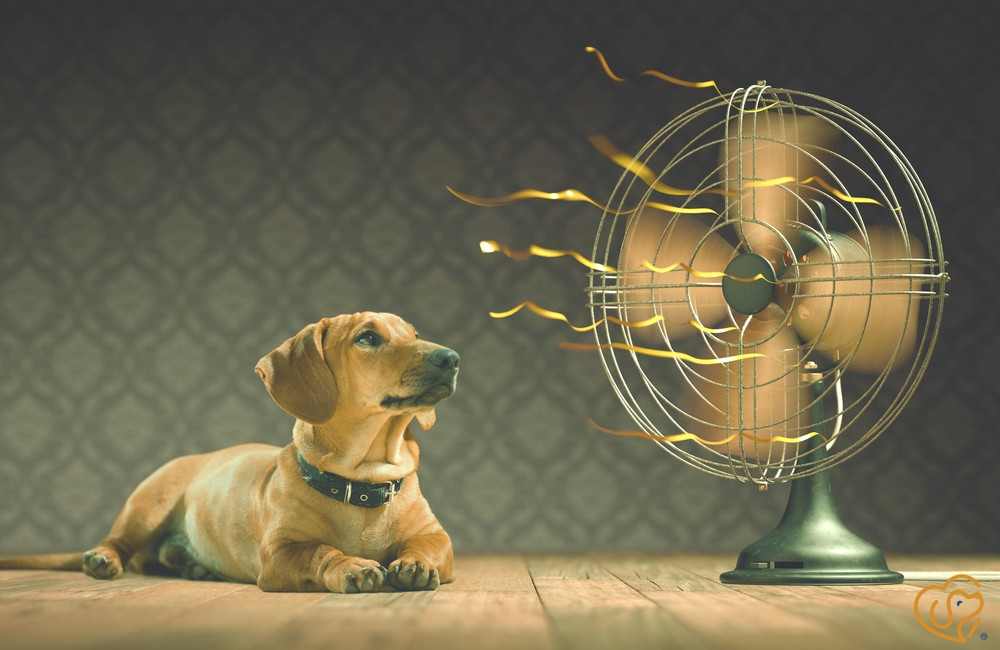
We are officially in the dog days of summer! Phoenix, in the summer is challenging enough for us humans, let alone keeping our pups safe from heat exhaustion or heat stroke.
Heat exhaustion is a result of a dog’s body temperature exceeding 103-degrees. A definite cause for concern is when your dog reaches body temperatures of 106-degrees or higher. This would be classified as a heat stroke.
As pet owners, it is our responsibility to monitor our pups while they are outside to make sure they don’t’ overheat, which can result in a more serious effect such as a shutdown of the heart and organs.
Heat stroke is defined as a type of non-fever hyperthermia that occurs when the “heat-dissipating mechanisms of the body cannot accommodate excessive external heat.”
Dogs do not sweat externally the same way as humans do, which is why they pant. This helps to keep them cool and lower their body temperature. Sometimes, in summer temperatures, panting isn’t adequate enough to keep their body temperature regulated, resulting in heat complications.
Symptoms to watch for, but are not limited to:
- Diarrhea
- Dizziness
- Bloodshot Eyes
- Vomiting
- Excessive Panting
- Rapid Heart Rate
- Unconsciousness
- Seizures
- Thickened Saliva
- Little to no Urination
The best thing you can do is to recognize and prevent symptoms before they become harmful or fatal. If you are traveling or know you will be outside with your pet all day, ALWAYS keep water on hand. Also, provide plenty of shade and make sure you aren’t outside with them during peak temperatures.
If your fur baby requires a great deal of exercise or just have a lot of energy, try walking/ hiking/ running either early in the morning or late at night. You can also allow them to swim in a pool or lake to cool off and still achieve daily exercise.
Heat exhaustion doesn’t just happen outdoors or in the summer. When inside your home, make sure your dog has plenty of cool air- including AC and fans. Never ever leave your dogs in an unventilated, hot car for any reason. Even a “perfect”, 70-degree day can make the inside of your car a 104-degree oven in just 30 minutes!
Similar to humans, young puppies, senior dogs and pups with health concerns are more susceptible to heat-related issues. Another risk factor to be aware of includes high temperatures mixed with high humidity, which can increase the likelihood of heat stroke.
If your dog becomes heat exhausted, bring them to a cool area (preferably inside) immediately. To help get them stabilized, you can place your pup in a cool – not cold bath to help bring their temperature down. Also, give them an opportunity to drink plenty of water.
At the same time, call your vet so they can advise you on any additional steps to take. If suspected to be heat exhaustion or heat stroke, your vet may want to see your dog in office to administer fluids to help restore minerals and liquids lost in the process. They will also monitor your dog for any complications and act accordingly.
The best thing you can do is be vigilant, prepared and stay calm when it comes to the heat and your fur friends. When in doubt, don’t hesitate to contact your veterinary professional.
Have a safe and adventurous summer!
